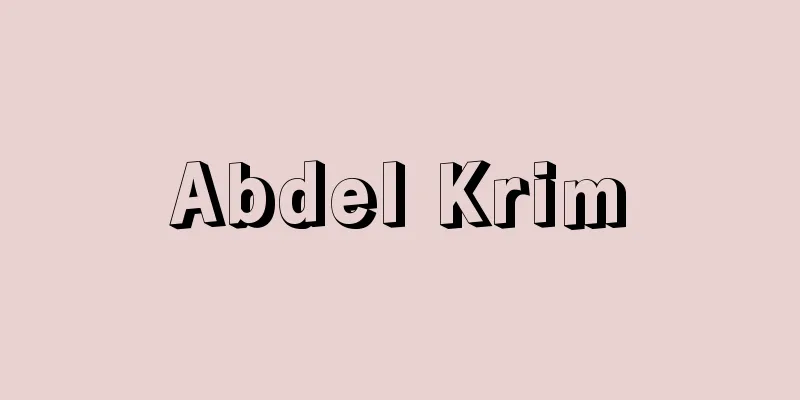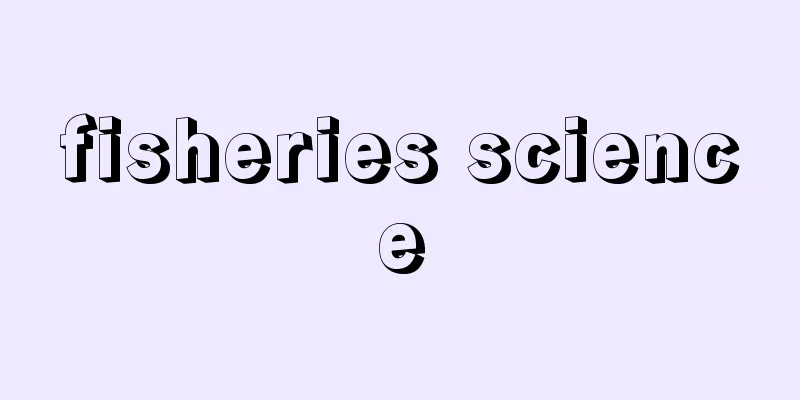Whale - Whale

|
A general term for aquatic mammals belonging to the order Cetacea. Generally, whales are large, with a body length of 5m or more, and dolphins are smaller, but there is no taxonomic difference between the two. They have no hind limbs, and their front limbs are fin-like. They have a horizontally extending tail fin, and their skin is bare and almost hairless. They are broadly divided into baleen whales, which never grow teeth except during the fetal period, and toothed whales, which do have teeth. Baleen whales include the blue whale, the largest animal in history (20-30m long, with the longest recorded length of 33.6m), as well as fin whales, sei whales, humpback whales, minke whales, right whales, and gray whales. Toothed whales include sperm whales, beaked whales, beaked whales, stenodont whales, killer whales, false killer whales, and other dolphins. They breathe with their lungs, so they usually rise to the surface in 5-15 minutes (sometimes up to an hour for sperm whales and beaked whales that dive to depths of over 2000m). When they suddenly expel the humid, compressed, and warm air, they not only produce water droplets, but also blow away the water around their nostrils, resulting in a phenomenon known as "squirting." Baleen whales feed primarily on small crustaceans such as krill and calanus, but also eat fish such as sardines, mackerel, herring, and Atka mackerel. Toothed whales often eat a mixture of squid and fish, and the aggressive killer whale (Killer whale) eats fur seals, dolphins, and gray whales. Most whales give birth in warm seas, and usually give birth to one baby at a time. The baby usually drinks milk for 6 to 12 months. Large whales were once the target of whaling, and whale meat was used for food, whale oil for margarine and leather oil, and bones and teeth for crafts. Whaling was eventually banned due to resource conservation and other reasons. Source : Heibonsha Encyclopedia About MyPedia Information |
|
クジラ目に属する水生の哺乳(ほにゅう)類の総称。ふつう,体長5m以上の大型のものをクジラ,それ以下のものをイルカというが,両者間に分類学的な違いはない。後肢がなく,前肢はひれ(手羽)状。水平に広がる尾びれがあり,皮膚は裸出してほとんど体毛がない。胎生期を除いては一生歯がはえないヒゲクジラ類と,歯を備えるハクジラ類とに大別される。ヒゲクジラ類には古今を通じ最大の動物であるシロナガスクジラ(体長20〜30m前後,最大記録は33.6m)をはじめ,ナガスクジラ,イワシクジラ,ザトウクジラ,ミンククジラ,セミクジラ,コククジラなどがあり,ハクジラ類にはマッコウクジラ,アカボウクジラ,ツチクジラ,オオギハクジラ,シャチ,オキゴンドウ,その他イルカ類などが含まれる。肺呼吸をするため普通5〜15分(2000m以上の深海までもぐるマッコウクジラ,ツチクジラなどではときに1時間)で水面に浮かび上がる。湿度の高い,圧縮され,暖められた呼気を急に排出するとき,水滴を生ずるほか,外鼻孔周辺の水も一緒に吹き飛ばすので,いわゆる〈潮吹き〉という現象を呈する。ヒゲクジラ類ではオキアミ,カラヌスなどの小甲殻類を主食とするが,イワシ,サバ,ニシン,ホッケなどの魚類も食べる。ハクジラ類ではイカ類や魚類を混食することが多く,シャチ(サカマタ)は性質が凶暴でオットセイ,イルカのほか,コククジラなども食べる。出産は暖海で行うものが多く,ふつう1産1子。子は通常生後6〜12ヵ月乳をのむ。大型のクジラ類はかつては捕鯨の対象となり,鯨肉は食用,鯨油はマーガリン,製革用油に,骨や歯は工芸品などに多く利用された。資源保護などの観点から捕鯨は禁止されるに至った。
出典 株式会社平凡社百科事典マイペディアについて 情報 |
Recommend
Bernard, E. (English spelling) Bernard E
… [literature] The word "symbolism" beg...
Isoda Lake Ryusai
Dates of birth and death unknown. Ukiyo-e artist ...
Wash weir (civil engineering) - Arai weir
...A general term for a structure that crosses an...
Kutsukake [Hot Spring] - Kutsukake
This hot spring is located in Aoki Village, Chiisa...
Eastern Style Two-stringed Instrument - Azuma Ryunigenkin
A type of Japanese music and its instrument. It is...
Statement record - statement
〘 noun 〙 = kyoujutsurokushusho (transcript of stat...
Picture root - Eirinehon
[noun] A kabuki script with woodblock prints and i...
Izeki family
One of the three major hereditary mask-making fam...
Troglodytidae
…A general term for birds of the family Troglodyt...
Epidemiological causation - epidemiological causation
A legal causal relationship proven by epidemiologi...
Fat - shibou (English spelling) fat
A general term for ester compounds (glycerides) o...
Kanakanabu
...However, scholars differ in opinion as to the ...
Pholis pictus (English spelling)
...Live blenny fish are used in the Tokyo area as...
Palazzo (English spelling) palazzo Italian
Generally, it is a common term in each country, l...
Kano Naonobu
Year of death: 7th April 1650 (7th May 1650) Year ...




![Chosei [village] - Chosei](/upload/images/67cc35fabd241.webp)




